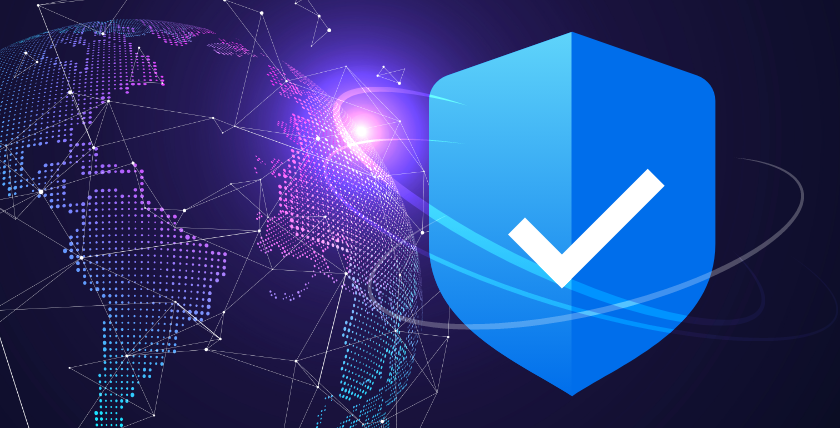Ensuring Robust Web Security: A Comprehensive Guide
Table of Contents
ToggleEnsuring Robust Web Security
In today’s digital landscape, web security is a critical concern for individuals and businesses alike. The increasing frequency and sophistication of cyber threats demand proactive measures to protect sensitive information and maintain online trust. This comprehensive guide aims to provide a detailed understanding of web security, highlighting essential components and best practices to ensure a robust defense against potential risks.
Understanding Web Security
Web security is paramount in safeguarding data integrity, privacy, and user trust. A single security breach can lead to severe consequences, including financial loss, reputational damage, and legal implications. Threats such as hacking, malware, phishing, and distributed denial-of-service (DDoS) attacks pose significant risks to web applications and infrastructure.
Essential Components of Web Security:
To establish a strong defense against security threats, several key components need attention:
Secure Communication
Securing data transmission is crucial. Encryption protocols like HTTPS and SSL/TLS provide encryption and authentication, ensuring confidentiality and integrity during data exchange. Implementing secure socket layers and obtaining valid certificates help establish a trusted and encrypted connection.
Authentication and Access Control
Implementing robust authentication mechanisms is vital to verify user identities and prevent unauthorized access. Strong passwords, multi-factor authentication (MFA), and biometric authentication enhance security. Effective access control mechanisms, such as role-based access control (RBAC), restrict privileges and minimize the risk of data breaches.
Robust Software Development Practices
Developing secure web applications requires adherence to secure coding practices. Regular software updates and patches address vulnerabilities identified through thorough testing and security audits. Employing secure software development frameworks and following industry guidelines contribute to building a solid security foundation.
Web Security Best Practices
Adopting the following best practices is crucial to ensure a robust web security posture
Regular Vulnerability Assessments and Penetration Testing
Performing periodic vulnerability assessments and penetration testing helps identify vulnerabilities and assess the effectiveness of security controls. These proactive measures simulate real-world attacks, allowing organizations to patch weaknesses and fortify their defenses.
Robust Firewall and Intrusion Detection Systems
Firewalls act as the first line of defense, monitoring and controlling network traffic. Intrusion detection systems (IDS) identify and respond to suspicious activities. Employing a combination of network, host-based, and cloud-based firewalls, along with IDS technologies, fortifies the overall security posture.
Data Backup and Disaster Recovery
Regularly backing up critical data and storing it in secure, off-site locations is vital. In the event of a security incident or data breach, having reliable data backups ensures business continuity. Developing comprehensive disaster recovery plans minimizes the impact of security breaches and facilitates efficient recovery.
Employee Training and Awareness
Human error is a common vulnerability exploited by attackers. Providing regular training sessions on security best practices and raising awareness about social engineering attacks equips employees with the knowledge to identify and mitigate potential threats. Implementing strong password policies and enforcing security protocols further strengthens the human element of web security.
Emerging Trends in Web Security
As technology evolves, new trends in web security emerge to address evolving threats
Artificial Intelligence and Machine Learning
AI and ML technologies play a significant role in threat detection, anomaly detection, and security analytics. These technologies enhance the speed and accuracy of identifying and responding to security incidents, enabling proactive defense against emerging threats.
Blockchain Technology
Blockchain offers secure and decentralized solutions for web security. Its immutable and transparent nature enhances data integrity, while decentralized identity management reduces reliance on centralized authorities. Blockchain can revolutionize authentication processes, ensuring secure and tamper-resistant transactions.
Web security is a continuous effort requiring proactive measures and an understanding of evolving threats. By implementing the essential components of web security and following best practices, organizations can significantly enhance their web security posture. Secure communication, robust authentication, and access control mechanisms form the foundation of a secure web environment. Additionally, employing secure software development practices, conducting regular vulnerability assessments and penetration testing, implementing strong firewall and intrusion detection systems, and prioritizing data backup and disaster recovery are crucial steps in mitigating risks.
Furthermore, investing in employee training and awareness programs cultivates a security-conscious culture within the organization, reducing the likelihood of human error and social engineering attacks. Staying abreast of emerging trends in web security, such as artificial intelligence and machine learning for threat detection and blockchain for enhanced data integrity, empowers organizations to stay one step ahead of evolving threats.
It’s important to note that websecurity is not a one-time effort. The threat landscape is constantly evolving, and attackers continuously seek new vulnerabilities to exploit. Therefore, organizations should remain vigilant, regularly update their security measures, and stay informed about the latest security practices and technologies.
In conclusion, ensuring robust websecurity is paramount in today’s digital landscape. By understanding the components of web security, implementing best practices, and staying informed about emerging trends, organizations can mitigate risks, protect sensitive information, and maintain the trust of their users. Investing in web security is an investment in the long-term success and reputation of the organization in an increasingly interconnected world.
Remember, every organization’s websecurity needs may vary, so it’s essential to assess specific risks, tailor security measures accordingly, and consult with security professionals or experts to establish a robust and customized web security strategy.
By prioritizing websecurity, organizations can safeguard their online assets, protect user privacy, and build a strong foundation for a secure digital presence.

